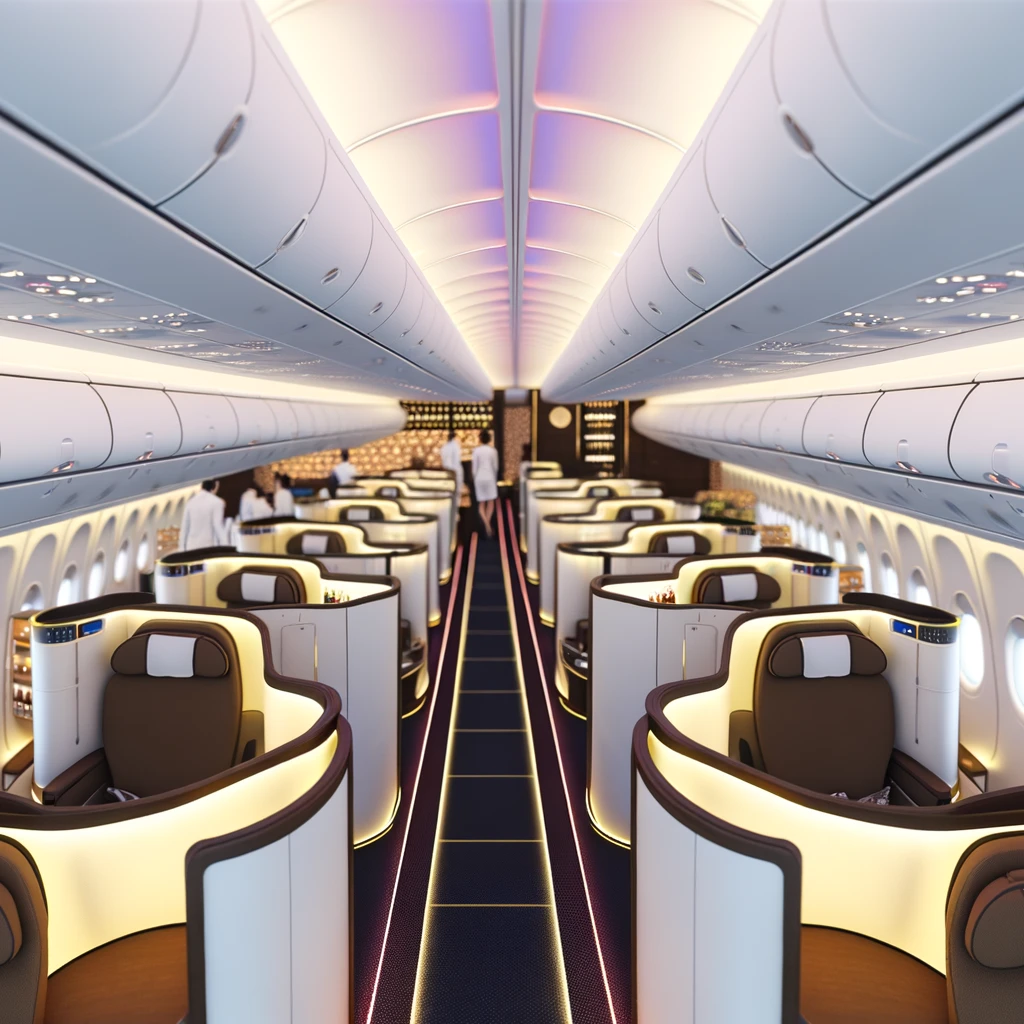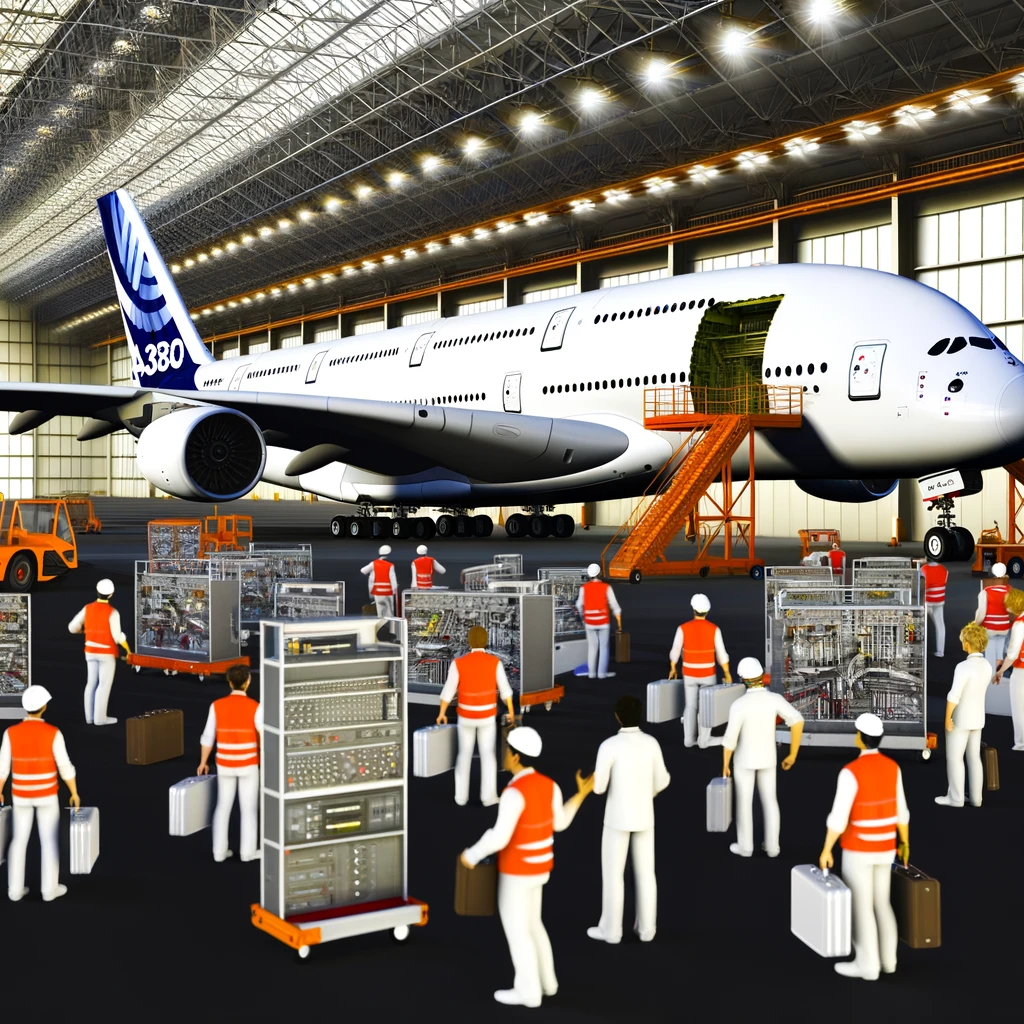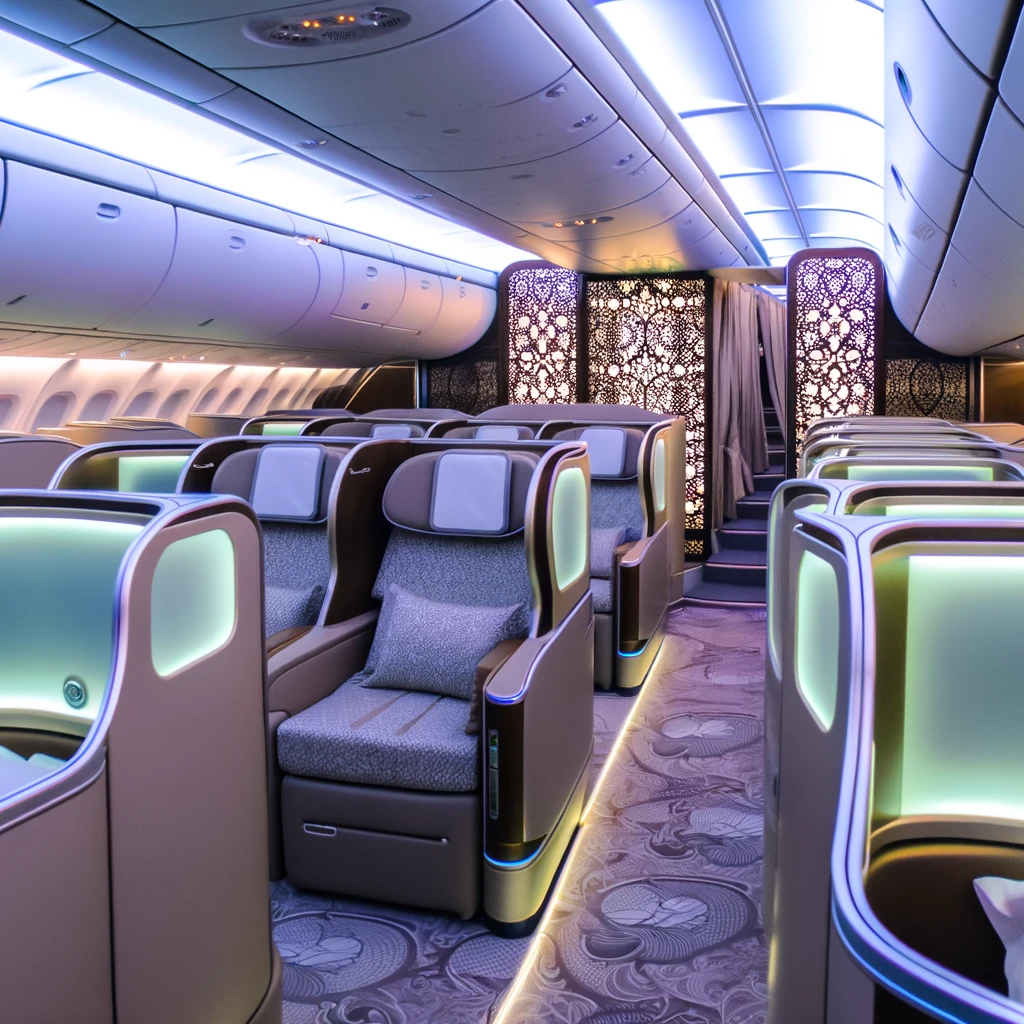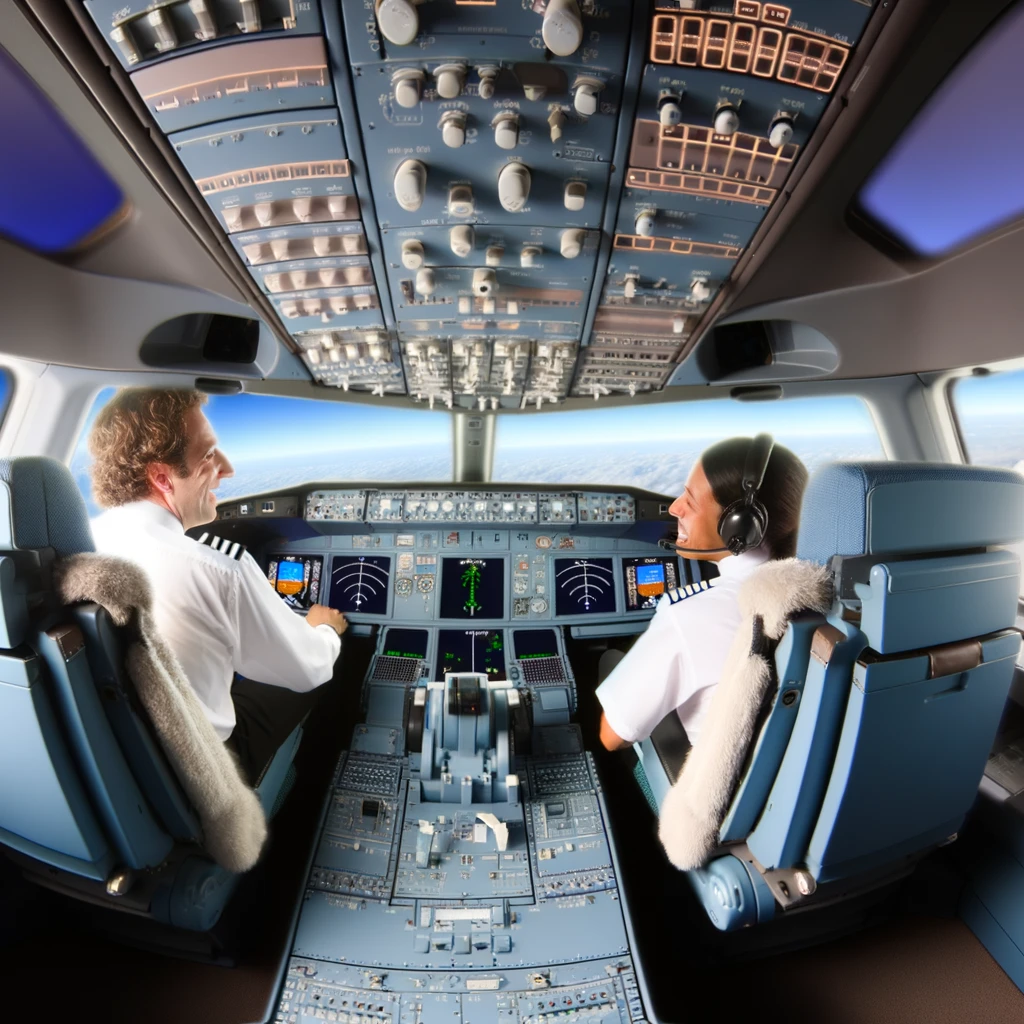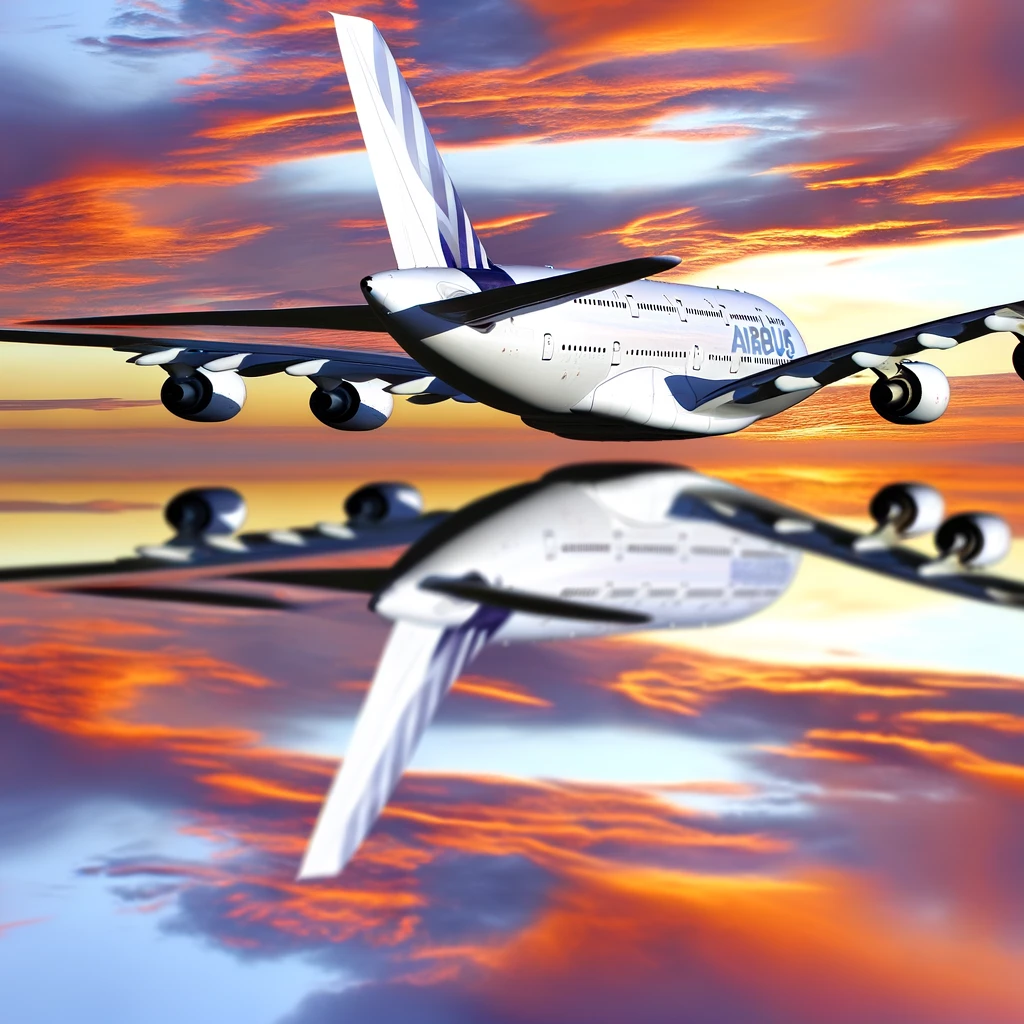
Airbus A380: The Art of Balancing Passenger Comfort with Density
The Airbus A380 stands as a testament to modern aviation engineering, a colossal aircraft designed to carry large numbers of passengers while providing unparalleled comfort. As the world's largest passenger airliner, the A380's design intricately balances the need for high passenger density with the demand for comfort, creating a unique travel experience.
Design and Capacity
The A380 is renowned for its size, capable of carrying up to 853 passengers in an all-economy class configuration. However, most airlines opt for a three-class configuration, which typically accommodates around 555 passengers. This configuration aims to offer a blend of luxury and affordability, catering to diverse passenger needs.
Innovative Seating Arrangements
One of the key innovations of the Airbus A380 is its approach to seating arrangements. The aircraft features a spacious two-deck layout, providing airlines with the flexibility to offer a variety of seating options from economy to first class. The economy class seats are designed to maximize space efficiency while maintaining comfort, with wider seats and more legroom than typically found on other aircraft.
Luxury and Comfort
In the premium cabins, passengers enjoy luxurious amenities such as fully flat beds, private suites, and even shower spas. This focus on comfort is a significant draw for long-haul travelers, providing an experience akin to a flying hotel. The aircraft's quiet engines and advanced air filtration system further enhance passenger comfort, reducing fatigue and ensuring a pleasant journey.
Technological Advancements
The A380's design incorporates cutting-edge technology to optimize passenger experience. Its advanced cabin pressure and humidity control systems help to minimize the effects of jet lag. Additionally, the aircraft's high ceilings and ambient lighting contribute to a spacious and calming atmosphere.
Efficiency and Environmental Considerations
Despite its size, the A380 is engineered for efficiency. Its advanced aerodynamics and materials reduce fuel consumption, making it more environmentally friendly compared to older aircraft models. This efficiency is crucial for airlines seeking to reduce operational costs while minimizing their carbon footprint.
The Future of the Airbus A380
As the aviation industry evolves, the Airbus A380 continues to adapt. While production has ceased, the aircraft remains a favorite among airlines for high-capacity routes. Its ability to offer a luxurious yet efficient travel experience ensures its continued relevance in the market.
In conclusion, the Airbus A380 exemplifies the art of balancing passenger comfort with density. Through its innovative design and attention to detail, it sets a high standard for passenger aircraft, offering an experience that is both comfortable and efficient.
Related Articles
